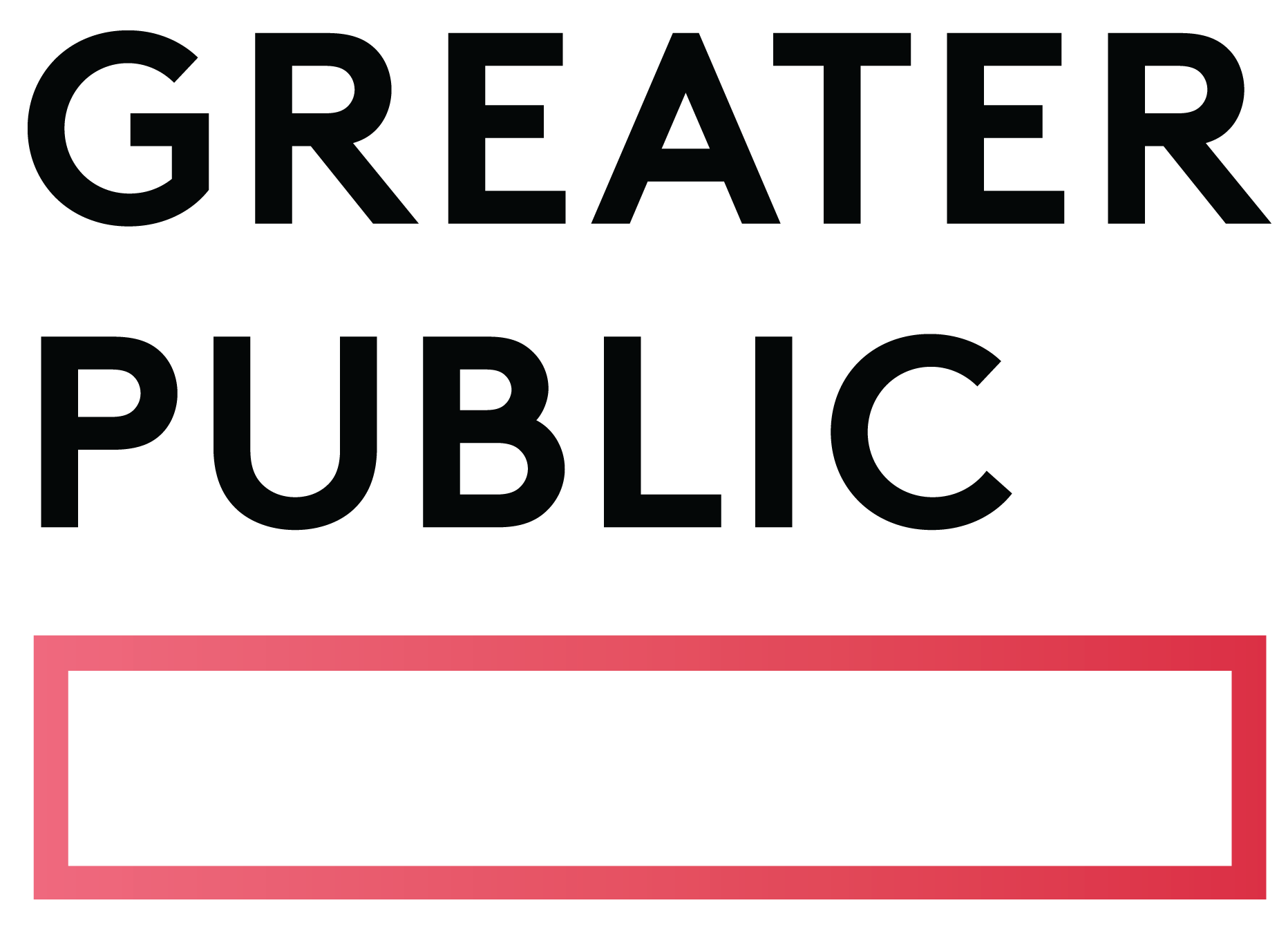Related Articles
Subscribe to the Greater Public newsletter to stay updated.
This site is protected by reCAPTCHA and the Google Privacy Policy and Terms of Service apply.

President Trump, some members of Congress and the FCC arguably have given public media its greatest challenge. In doing so, they also handed us the opportunity for transformative change and a more secure future. The opportunity is to move beyond the self imposed notion that we are not worthy of the financial support that communities often give to their most treasured public goods – museums, hospitals, symphonies, animal welfare programs. And it’s an opportunity we need to take, no matter what happens with federal funding.
In order to ask for and receive the gifts that are necessary to sustain our vital community service, we must first believe that our services are vital and that our community will support them. We have all seen nonprofits in our home communities ask boldly to create and sustain wonderful projects, now we must think of ourselves as a part of that tapestry of a treasured public good.
Let’s reframe the conversation a bit. We in public media often undervalue our service and its meaning in our communities because we never took a strategic approach to establishing our value in the first place.
Our membership programs are built around asking listeners to give $100. Why? Because many listeners give $100 when we ask for it. So it makes sense to keep asking for that amount. When we ask for monthly gifts, we fall into a pattern of asking for $10 a month. It’s close to $100 a year.
It may come as a surprise that many fundraisers are reluctant to ask for much more than $100 or $10 a month. They shy away from asking for bigger amounts in part because they can’t envision themselves giving bigger gifts. But this isn’t about us. Take a moment here, breathe in & out slowly (really do it), and say to yourself “This isn’t about us.” Repeat that. Repeat it again.
A strategic approach to establishing our value is to ask for as much money as listeners will give without scaring too many of them away altogether. In the early days of public media’s conversations about monthly giving, we invited Steve Froehlich to a Public Media Development and Marketing Conference (PMDMC) to offer stations his advice on how to establish strong monthly giving programs. At the time, Steve was the Vice President, Direct Response at the American Society for the Prevention of Cruelty to Animals (ASPCA). More importantly, Steve was the pacesetter for monthly giving. The ASPCA partnered with Sarah McLachlan to appeal to pet lovers’ hearts and strategically figured out how much to ask people to give without scaring too many away. In those days, the ASPCA asked for $18 a month. We asked Steve how they landed on that number. He said they tried $19 a month and it scared too many people away. Over time, Steve moved on to another opportunity and the ASPCA inched the ask up to $19. While we don’t know what led to the increase, it’s reasonable to think their decision was a strategic one. That’s the point. Our decision-making on how much we ask listeners to give should be based on sound strategy.
Strategically establishing our value means asking all listeners to give as much money as they can without shame or apology. Public media is built on the generosity of listeners who give money they aren’t required to give; they want to. Our recent fundraising reminds us that our listeners care. They value us, sometimes more than we value ourselves. You can see proof of this in the donor comments from any on-air drive, especially in the past few months. Our donors are showing us vividly how important public media is to them. The very least we can do is show them the respect to believe them, and act accordingly.
The surge in fundraising in response to the threat over federal funding creates the perfect opportunity for us to take a more strategic approach to how much we ask listeners to give. Finding the sweet spot, as the ASPCA did roughly 20 years ago, requires experimentation. During your next campaign, split your list in half. Ask half of your listeners to give the amount you’ve been asking for and ask the other half to give a dollar more. See if there’s a difference in the amount of listeners who give. Keep inching up that second ask until you start to see the response fall. When the size of the gift increases without scaring listeners away altogether, you found the right amount to ask for and a strategy to get you there.
Often, there’s a worry that new major gift programs won’t have any donors who can give those “major” gifts. A super power that we have in public media is scale, stations have thousands (or tens of thousands) of donors, past donors and listeners/viewers. The odds are very high that you already have donors with capacity, interest and philanthropic inclinations in your file. So the task is to find ways big and small to activate your full donor continuum. You do this by breaking up with the idea that the “best” gift is $10 a month. In all the channels you are already activating for fundraising; direct mail, email, on-air drives, station website, ensure that gifts of $1,000+ are a part of your planning conversations and not just an add-on to the online donation form. Make a point to ask yourself/your planning team “how will we use this fundraising opportunity to ask for larger gifts?”
The ultimate opportunity for public media right now is to use the challenge we’ve been handed as a chance to redefine our approach to fundraising in ways that will build capacity for us to provide the service we want to deliver over the next decade and beyond.
To borrow a line from Hamilton, don’t throw away your shot.
View these related member resources and more with a Greater Public membership:
This site is protected by reCAPTCHA and the Google Privacy Policy and Terms of Service apply.
New to Greater Public? Create an account.


